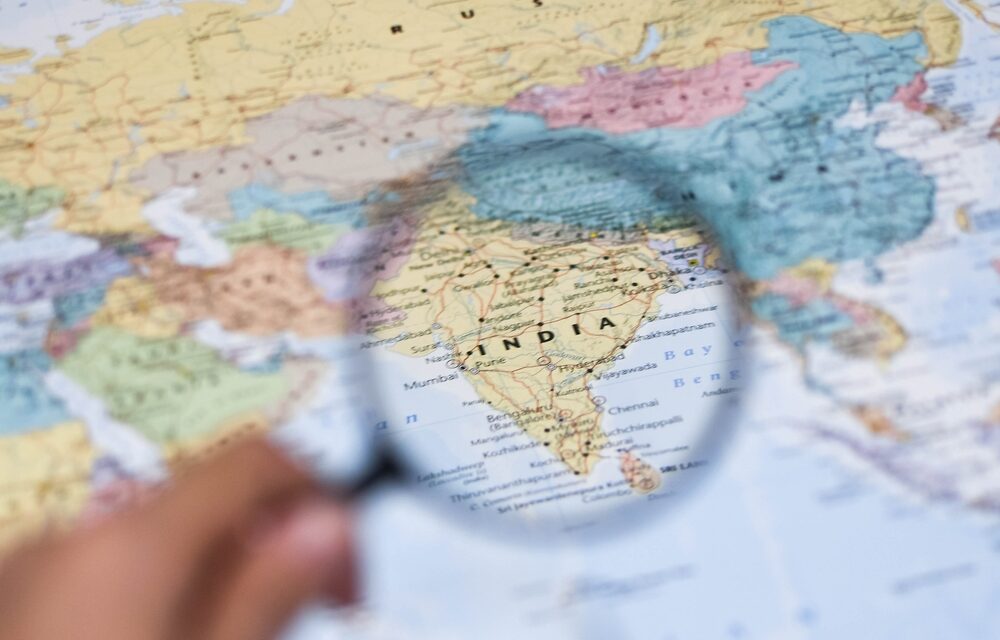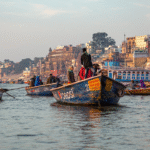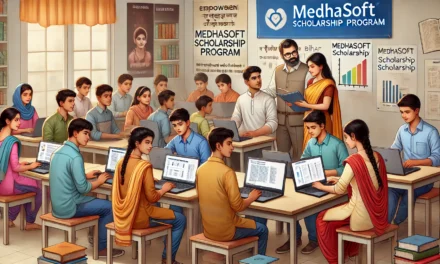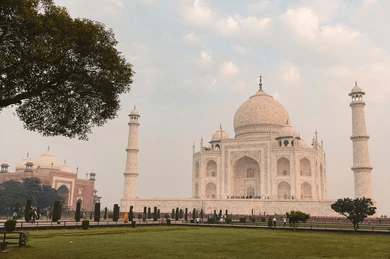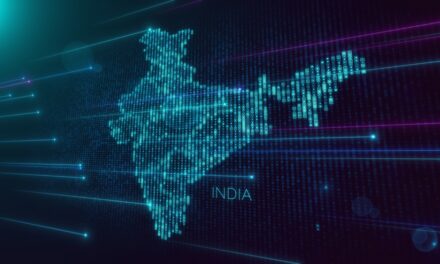India, the seventh-largest country in the world, is famous for its rich culture, growing economy, and advancements in technology. From the towering Himalayas in the north to the sunny beaches in the south, India is a land of diversity, history, and progress. As one of the fastest-growing economies, it continues to expand in technology, manufacturing, tourism, and sustainability.
Geography and Climate
India covers about 3.28 million square kilometers, making it one of the most diverse countries in the world. It has six main geographical regions:
- The Himalayan Region – Home to the world’s tallest mountains, including Kanchenjunga.
- The Northern Plains – Fertile lands nourished by the Ganges, Brahmaputra, and Yamuna rivers.
- The Thar Desert – A vast, dry area in Rajasthan and Gujarat.
- The Peninsular Plateau – A mineral-rich land in central and southern India.
- The Coastal Plains – Bordering the Bay of Bengal and the Arabian Sea, with beautiful beaches and backwaters.
- The Islands – Andaman & Nicobar and Lakshadweep, known for their natural beauty.
India has four seasons: summer (March-June), monsoon (June-September), post-monsoon (October-November), and winter (December-February). The climate varies from hot deserts to snowy mountains, supporting a variety of plants and animals.
Culture and History
India has a history of over 5,000 years, shaped by powerful dynasties and foreign influences. The Maurya, Gupta, Mughal, and British periods have all left their mark on the country.
Famous Heritage Sites
India has over 40 UNESCO World Heritage Sites, including:
- Taj Mahal – A symbol of love and one of the world’s most famous landmarks.
- Qutub Minar – A tall tower showcasing Indo-Islamic architecture.
- Hampi – The ruins of a grand ancient city.
- Konark Sun Temple – A masterpiece of stone carvings.
- Amer Fort – A mix of Mughal and Rajput architecture in Jaipur.
Economy and Technology
India is the fifth-largest economy in the world. It leads in technology, pharmaceuticals, space research, and renewable energy. The IT hubs in cities like Bangalore, Hyderabad, and Pune have made India a global leader in software and digital services.
Major Economic Sectors
- Agriculture – India is a top producer of spices, pulses, and dairy products.
- Manufacturing – The “Make in India” campaign has boosted industrial growth.
- Services – IT, finance, and BPO industries contribute significantly to the economy.
- Startups and Innovation – India has over 100 unicorn startups, leading in AI, fintech, and healthcare.
Tourism
Millions of tourists visit India each year. Some popular destinations include:
- The Golden Triangle (Delhi, Agra, Jaipur) – A glimpse into India’s royal past.
- Kerala’s Backwaters – A peaceful experience in nature.
- The Himalayas – Great for trekking, skiing, and breathtaking views.
- Goa’s Beaches – Famous for relaxation and water sports.
Festivals and Celebrations
India is known for its colorful festivals, which unite people across cultures. Some major ones are:
- Diwali – The festival of lights.
- Holi – The festival of colors and joy.
- Navratri/Durga Puja – Honoring Goddess Durga.
- Eid, Christmas, and Gurpurab – Celebrating religious harmony.
Education and Science
India has some of the world’s best institutes, such as IITs, IIMs, and AIIMS. The Indian Space Research Organisation (ISRO) has made great achievements, including missions to the Moon (Chandrayaan) and Mars (Mangalyaan).
Challenges and Future Growth
Despite its success, India faces challenges like poverty, pollution, and population growth. However, with new policies, advanced technology, and economic reforms, India is moving toward becoming a global superpower.
Conclusion
India’s journey from an ancient civilization to a modern leader shows its strength and adaptability. With its rich heritage, strong economy, and technological innovations, India remains a land of endless opportunities.
Also Read: IPL 2025: The Grand Evolution of Cricket’s Biggest T20 League

